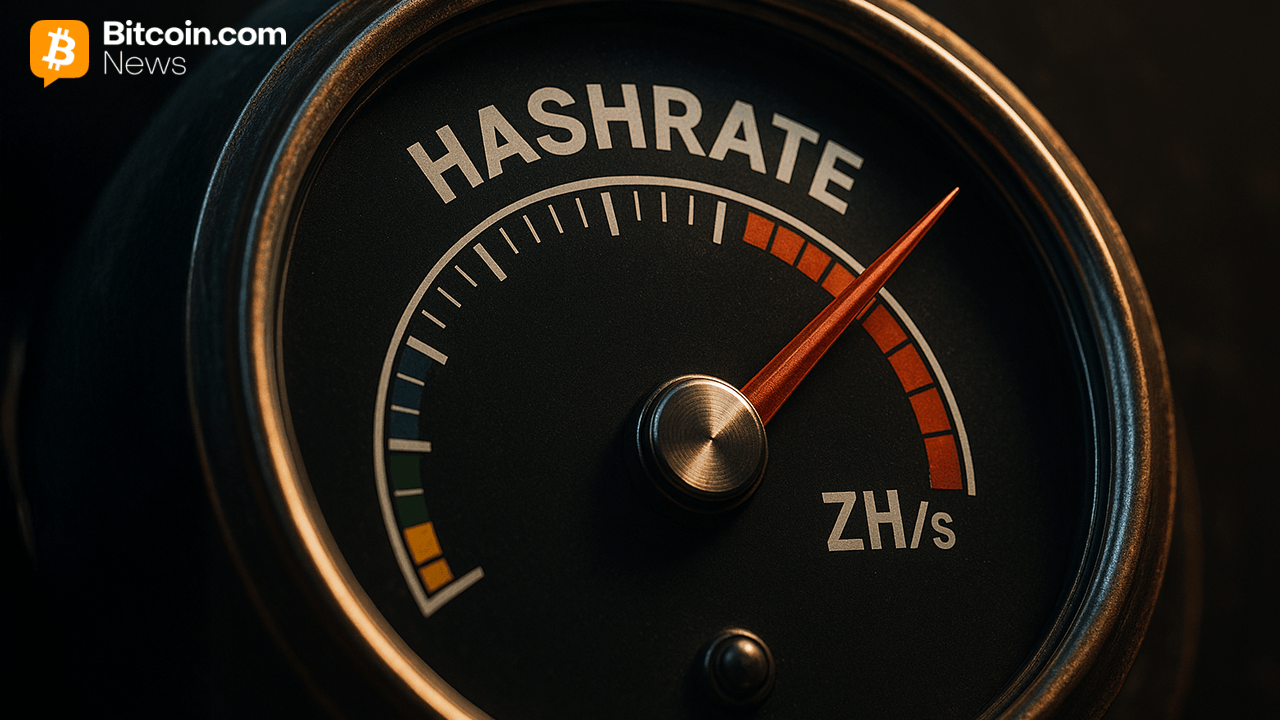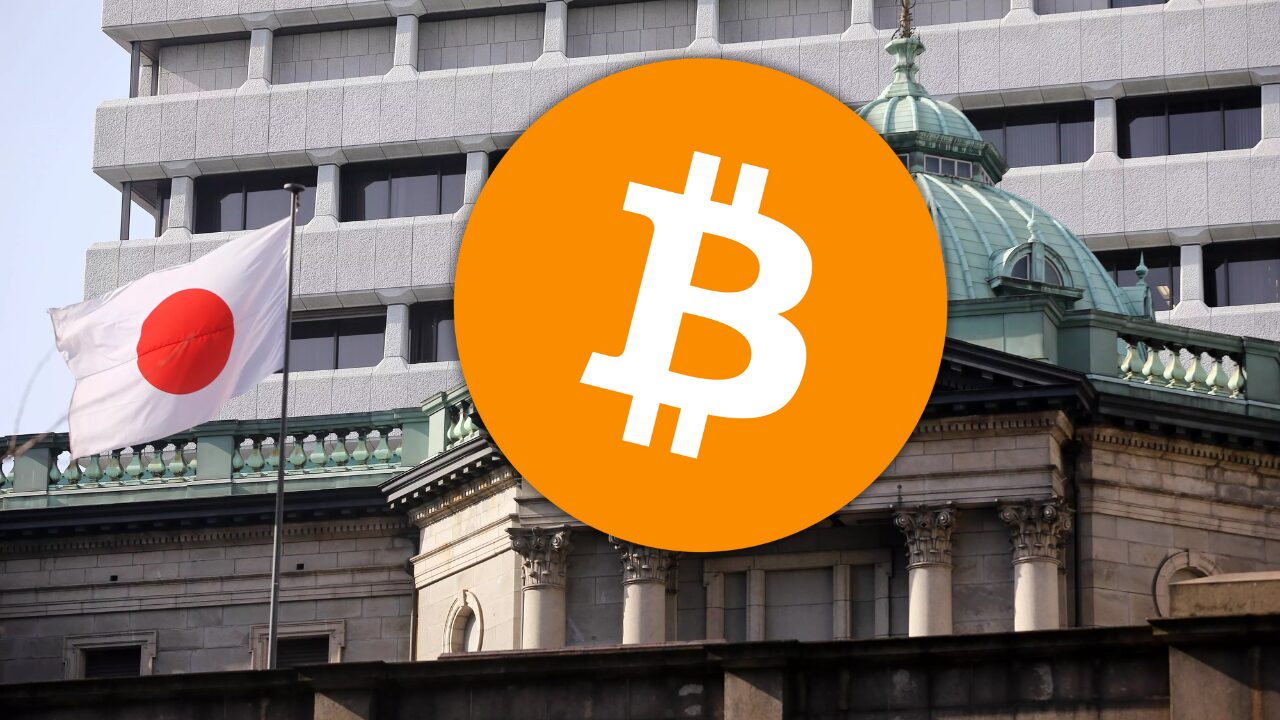

The Ethereum mainnet’s gas limit could theoretically grow 100-fold and reach 2,000 transactions per second under a new Ethereum Improvement Proposal (EIP) put forward by Ethereum Foundation researcher Dankrad Feist.
Feist, who had the blockchain’s “danksharding” data storage solution named after him, put forward EIP-9698 on April 27, which would introduce a “deterministic gas limit growth schedule” starting at epoch 369017, or around June 1.
The proposal would gradually increase the gas limit by a factor of 10 for roughly two years, or 164,250 epochs, when one final tenfold increase would occur.
Ethereum clients would need to vote on the proposal for it to take effect, Feist said.
“By introducing a predictable exponential growth pattern as a client default, this EIP encourages a sustainable and transparent gas limit trajectory, aligned with expected advancements in hardware and protocol efficiency,” he added.
As Ethereum can occasionally reach up to 20 TPS in blocks dominated by simple transactions, a 100x gas limit increase could theoretically increase Ethereum’s TPS to 2,000. Feist’s proposal would better position Ethereum to compete with the likes of Solana, which currently processes a non-vote TPS between 800 to 1,050 and has a theoretical TPS of 65,000.
The EIP would expand the current gas limit of 36 million to 3.6 billion, potentially allowing around 6,000 transactions to fit into Ethereum blocks.
Feist’s proposal comes after Ethereum validators agreed to raise the gas limit from 30 million to 36 million in February.
Before that, the last change to Ethereum’s gas limit occurred in August 2021 under the London hard fork, where the figure was roughly doubled from 15 million to 30 million.
Feist acknowledged that a rapid increase in the gas limit under his proposal may stress less-optimized nodes and increase block propagation times.
“However, the exponential schedule with very gradual increments per epoch gives node operators and developers ample time to adapt and optimize,” he said.
Related: Ethereum community members propose new fee structure for the app layer
EIP-9698 marks the Ethereum community’s latest effort to boost scalability at the base layer after predominantly focusing on scaling through layer 2 solutions in recent years.
Critics of Ethereum’s layer-2 focused strategy claim that it has fragmented the ecosystem into several siloed chains with little interoperability, leading to a worse user experience.
EIP-9678 looks to increase gas limit
Ethereum developers are also looking to test a fourfold increase of Ethereum’s gas limit in the Fusaka hard fork under EIP-9678.
Fusaka has been flagged as possibly going online in late 2025, while the next major Ethereum upgrade, Pectra, is scheduled to go live on the mainnet in May.
Magazine: Ethereum is destroying the competition in the $16.1T TradFi tokenization race







